Your cart is currently empty!
Tag: Monitoring
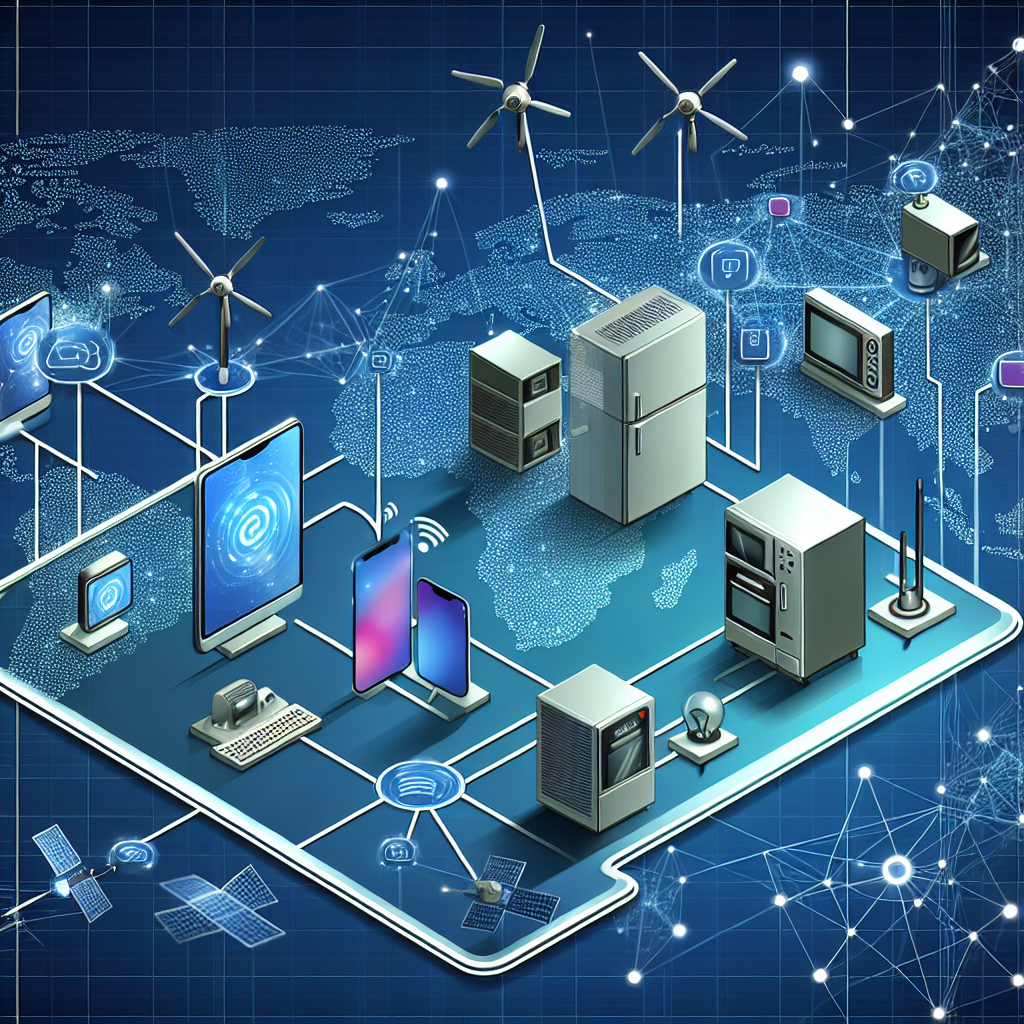
Remote Monitoring in the Age of IoT: Connecting Devices for Better Insights
In today’s fast-paced world, the Internet of Things (IoT) has revolutionized the way we connect and interact with devices. From smart homes to industrial machinery, IoT technology is transforming the way we live and work. One of the key benefits of IoT is remote monitoring, which allows users to keep track of their devices and gather valuable insights from anywhere in the world.Remote monitoring involves the use of sensors and connected devices to gather data in real-time. This data can then be analyzed to provide insights into the performance, efficiency, and health of the devices being monitored. By connecting devices to the internet, users can remotely access and control them, making it easier to monitor and manage their operations.
In the age of IoT, remote monitoring has become an essential tool for businesses looking to optimize their operations and improve efficiency. For example, in the manufacturing industry, remote monitoring can help identify potential issues with machinery before they lead to costly downtime. By monitoring key metrics such as temperature, pressure, and vibration, operators can proactively address maintenance issues and prevent breakdowns.
In the healthcare sector, remote monitoring is being used to monitor patients’ vital signs and health conditions from a distance. This allows healthcare providers to keep track of patients’ progress and intervene quickly if any issues arise. Remote monitoring can also help patients manage chronic conditions more effectively, reducing the need for frequent hospital visits.
In the agriculture industry, remote monitoring is being used to optimize crop production and livestock management. By monitoring soil moisture levels, temperature, and humidity, farmers can make informed decisions about irrigation and fertilization, leading to higher yields and lower costs. Similarly, by monitoring the health and behavior of livestock, farmers can ensure the well-being of their animals and improve productivity.
Overall, remote monitoring in the age of IoT offers a wide range of benefits, including improved efficiency, reduced downtime, and enhanced safety. By connecting devices and gathering real-time data, businesses and individuals can make better decisions and take proactive steps to address issues before they become problems. As IoT technology continues to evolve, remote monitoring will play an increasingly important role in optimizing operations and providing valuable insights for users across various industries.
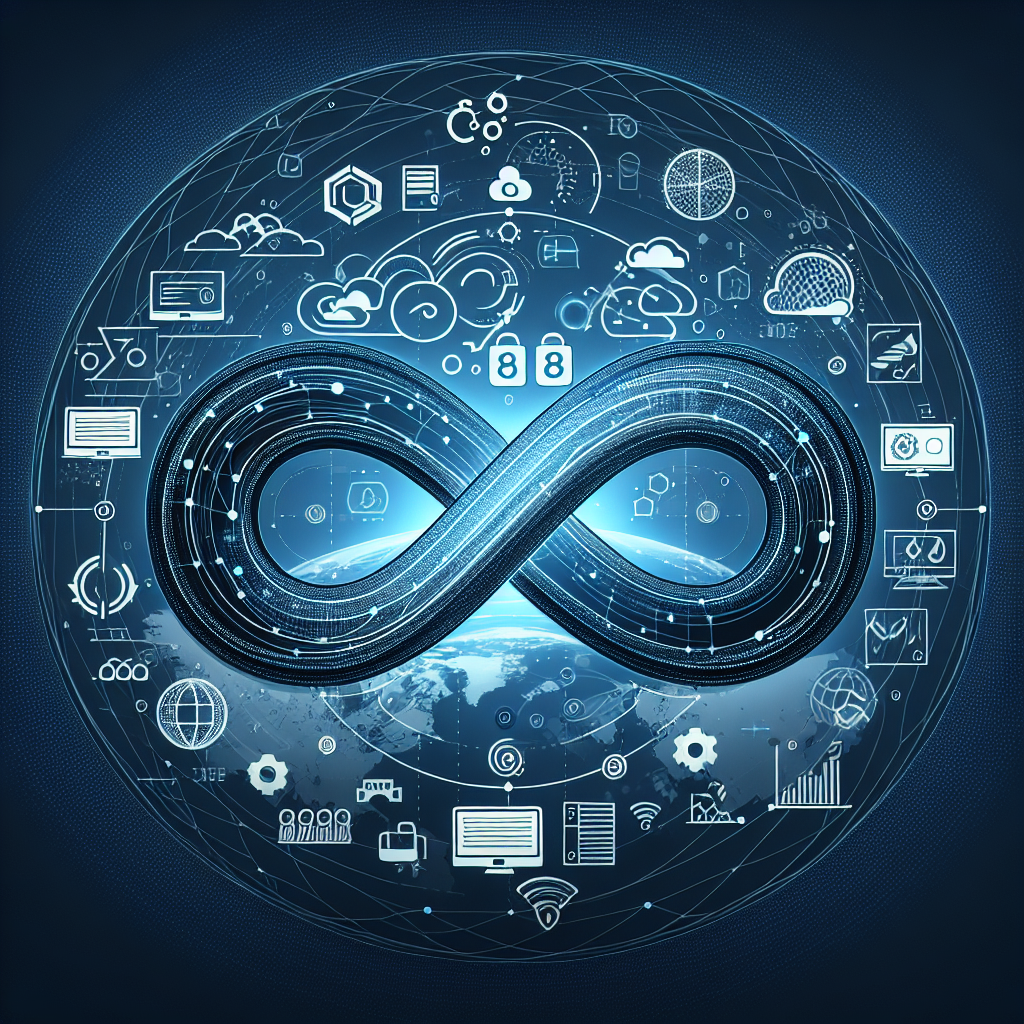
Remote Monitoring: A Key Tool for Ensuring Business Continuity
In today’s fast-paced business world, ensuring business continuity is more important than ever. With the rise of remote work and increasing reliance on technology, businesses must have the tools in place to monitor their operations effectively. One key tool that has become essential for ensuring business continuity is remote monitoring.Remote monitoring is the process of monitoring and managing a company’s IT infrastructure, network, and systems from a remote location. This allows businesses to keep a close eye on their operations, even when employees are working from different locations or during non-business hours.
There are several benefits to using remote monitoring as a tool for ensuring business continuity. One of the main advantages is that it allows businesses to proactively identify and address issues before they escalate into major problems. By monitoring key performance indicators and system alerts in real-time, businesses can quickly respond to any issues that arise and prevent downtime or disruptions to their operations.
Remote monitoring also provides businesses with greater visibility into their IT infrastructure and network. This visibility allows businesses to track performance metrics, identify trends, and make informed decisions about their technology investments. By having access to this data, businesses can optimize their systems and ensure they are operating at peak efficiency.
Another benefit of remote monitoring is that it allows businesses to monitor their operations 24/7. This means that businesses can keep an eye on their systems and networks at all times, even when employees are not in the office. This constant monitoring helps businesses detect and address issues as soon as they arise, minimizing the impact on their operations.
In addition to monitoring IT infrastructure and systems, remote monitoring can also be used to monitor physical assets, such as equipment and machinery. By implementing sensors and monitoring devices, businesses can track the performance and condition of their assets in real-time. This proactive approach to asset monitoring can help businesses prevent equipment failures and costly downtime.
Overall, remote monitoring is a key tool for ensuring business continuity in today’s digital age. By proactively monitoring IT infrastructure, networks, and physical assets, businesses can identify and address issues before they escalate into major problems. With the ability to monitor operations 24/7, businesses can ensure that their systems are running smoothly and minimize disruptions to their operations. By investing in remote monitoring tools and technologies, businesses can improve their resilience and adaptability in an ever-changing business environment.
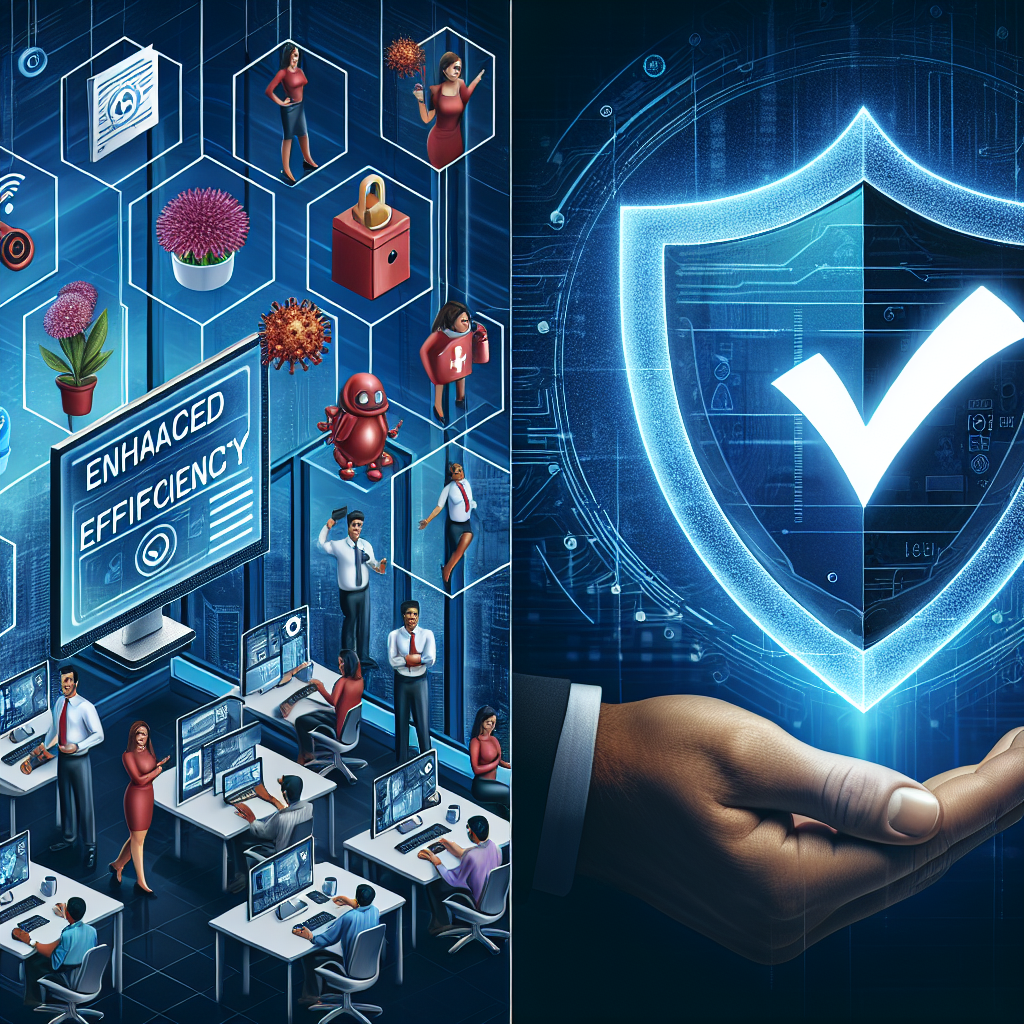
The Benefits of Remote Monitoring: Improving Efficiency and Safety
Remote monitoring technology has revolutionized the way industries operate by providing real-time data and insights into equipment performance, process efficiency, and overall safety. This technology allows for the continuous monitoring of assets and processes from a remote location, enabling organizations to optimize their operations and prevent costly downtime.One of the key benefits of remote monitoring is improved efficiency. By monitoring equipment and processes remotely, organizations can identify and address issues before they escalate, reducing the risk of unexpected breakdowns and minimizing maintenance costs. This proactive approach to maintenance allows businesses to schedule repairs and replacements at convenient times, improving overall operational efficiency.
Remote monitoring also enhances safety by providing real-time data on equipment performance and process conditions. This enables organizations to quickly identify potential safety hazards and take corrective actions to prevent accidents and injuries. By monitoring critical parameters such as temperature, pressure, and vibration remotely, organizations can ensure that their operations are running smoothly and safely at all times.
Furthermore, remote monitoring allows for better decision-making by providing detailed insights into equipment performance and process efficiency. This data can be used to identify opportunities for improvement, optimize workflows, and enhance overall productivity. By leveraging this information, organizations can make informed decisions that drive operational excellence and maximize profitability.
In addition to efficiency and safety benefits, remote monitoring technology also offers cost savings by reducing the need for on-site inspections and manual data collection. By automating the monitoring process, organizations can save time and resources while improving data accuracy and reliability. This not only streamlines operations but also allows for better resource allocation and budget planning.
Overall, the benefits of remote monitoring are clear: improved efficiency, enhanced safety, better decision-making, and cost savings. By implementing this technology, organizations can stay ahead of the curve, optimize their operations, and achieve sustainable growth in today’s competitive business landscape.
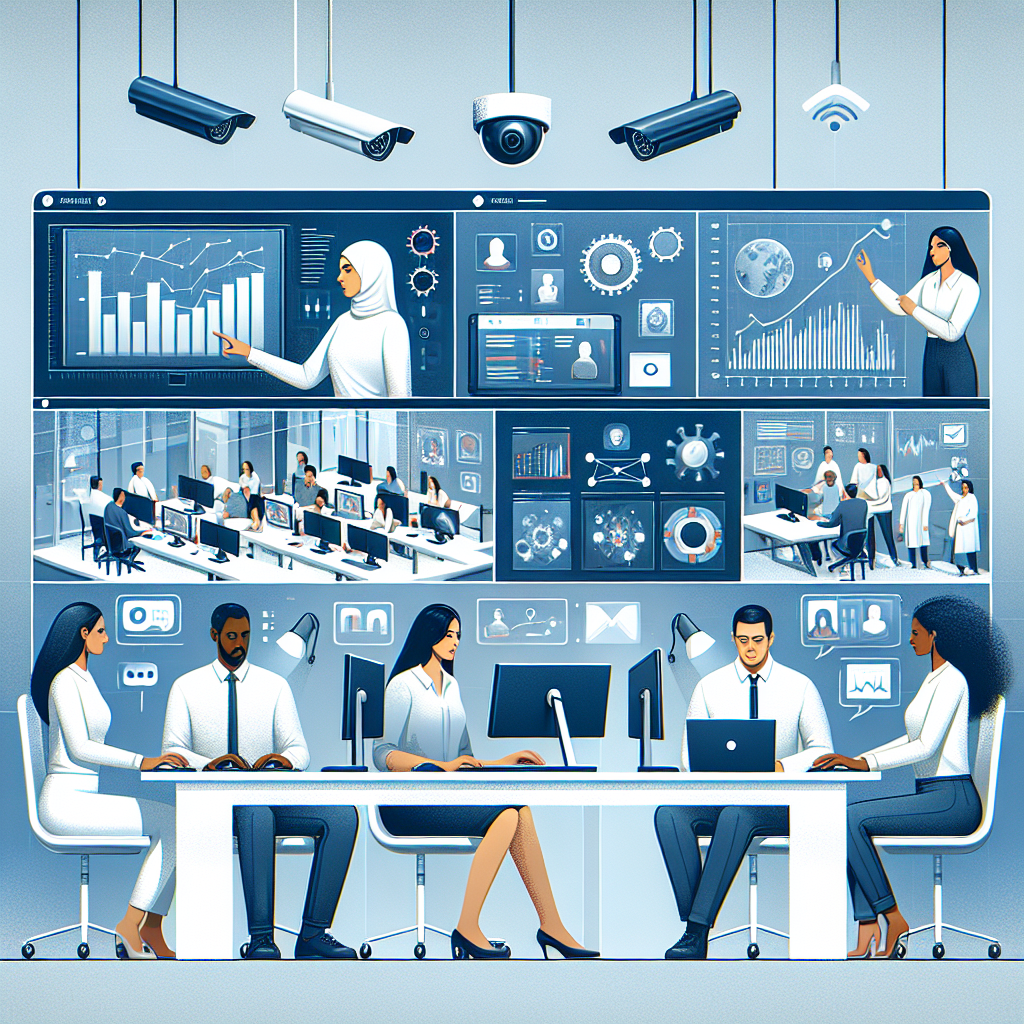
A Guide to Implementing Remote Monitoring Systems in Your Organization
In today’s fast-paced business environment, organizations are constantly looking for ways to improve efficiency, reduce costs, and increase productivity. One way to achieve these goals is by implementing remote monitoring systems in the workplace. Remote monitoring systems allow organizations to keep track of their operations, assets, and processes from anywhere in the world, using a variety of devices such as computers, tablets, and smartphones.Remote monitoring systems can be used in a wide range of industries, including manufacturing, healthcare, energy, and transportation. By providing real-time data on key performance indicators, remote monitoring systems enable organizations to make informed decisions quickly and effectively. They also help organizations identify and address issues before they escalate, leading to reduced downtime and increased profitability.
When implementing a remote monitoring system in your organization, it’s important to consider the following factors:
1. Define your objectives: Before implementing a remote monitoring system, it’s essential to clearly define your objectives and goals. Do you want to improve operational efficiency, reduce maintenance costs, or enhance customer service? By identifying your objectives, you can tailor the remote monitoring system to meet your specific needs.
2. Choose the right technology: There are many remote monitoring systems available on the market, each offering different features and capabilities. It’s important to choose a system that is scalable, user-friendly, and compatible with your existing infrastructure. Consider factors such as data storage, connectivity options, and security features when selecting a remote monitoring system.
3. Train your staff: Implementing a remote monitoring system requires training your staff on how to use the system effectively. Provide comprehensive training sessions to ensure that employees understand how to access and interpret the data provided by the system. This will help maximize the benefits of the remote monitoring system and ensure a smooth implementation process.
4. Monitor and analyze data: Once the remote monitoring system is up and running, it’s important to regularly monitor and analyze the data collected. Use the data to identify trends, patterns, and anomalies that could impact your operations. By analyzing the data, you can proactively address issues and make informed decisions to improve performance.
5. Continuously improve: Implementing a remote monitoring system is an ongoing process that requires continuous improvement. Regularly review the system’s performance and seek feedback from employees to identify areas for enhancement. By continuously improving the system, you can maximize its benefits and stay ahead of the competition.
In conclusion, implementing a remote monitoring system in your organization can provide numerous benefits, including improved efficiency, reduced costs, and increased productivity. By defining your objectives, choosing the right technology, training your staff, monitoring and analyzing data, and continuously improving the system, you can successfully implement a remote monitoring system that meets your organization’s needs.
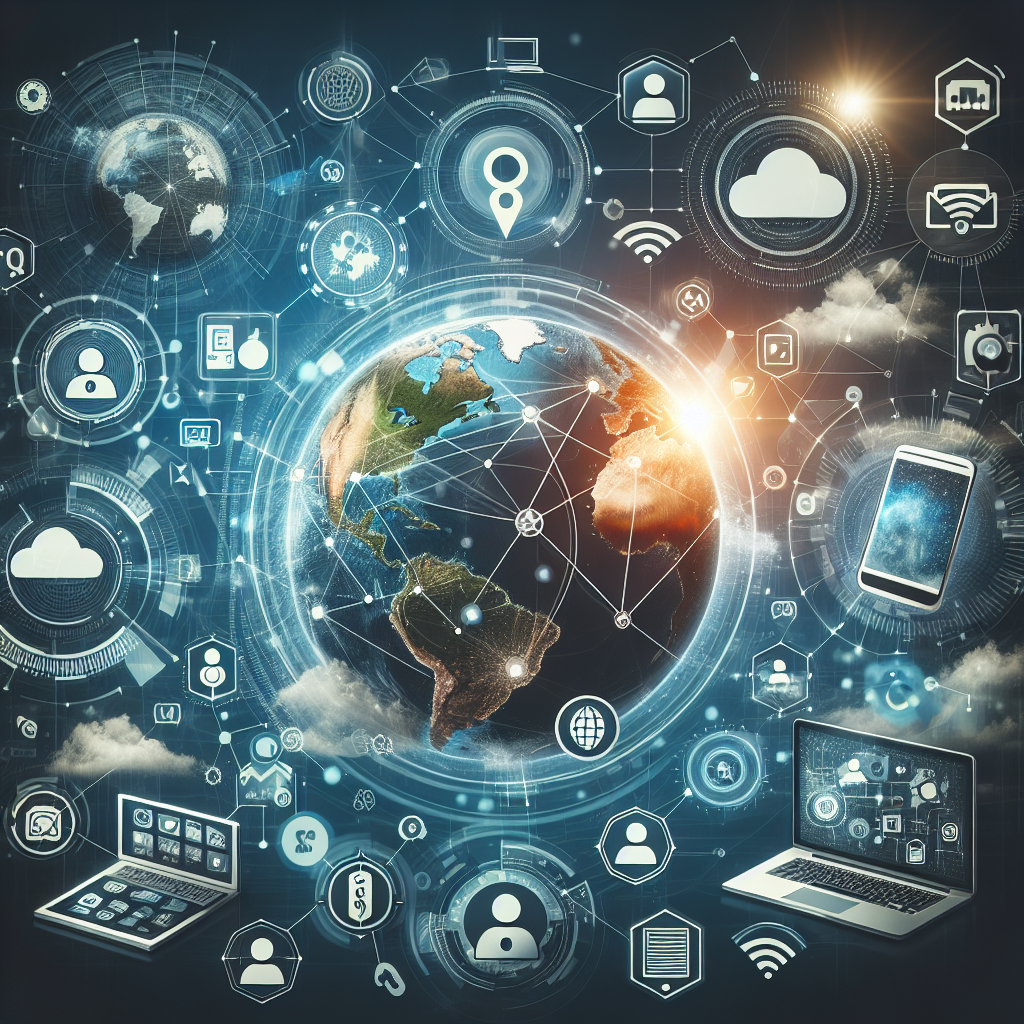
Remote Monitoring: Bridging the Gap Between Customers and Businesses
In today’s fast-paced digital age, businesses are constantly looking for ways to connect with their customers in a more efficient and effective manner. One such solution that is gaining popularity is remote monitoring. Remote monitoring allows businesses to keep a close eye on their customers’ needs and preferences, while also providing them with real-time data and insights.Remote monitoring involves the use of technology to track and monitor customer behavior, interactions, and preferences. This can include tracking website visits, social media interactions, email responses, and more. By collecting and analyzing this data, businesses can gain valuable insights into their customers’ preferences, habits, and needs.
One of the key benefits of remote monitoring is that it allows businesses to bridge the gap between themselves and their customers. By understanding their customers better, businesses can tailor their products and services to meet their needs more effectively. For example, a retail company can use remote monitoring to track customer shopping habits and preferences, allowing them to offer personalized recommendations and promotions.
In addition, remote monitoring can also help businesses improve their customer service. By tracking customer interactions and feedback in real-time, businesses can quickly address any issues or concerns that may arise. This can lead to increased customer satisfaction and loyalty, as customers feel heard and valued by the business.
Furthermore, remote monitoring can also help businesses identify new opportunities for growth and innovation. By analyzing customer data, businesses can uncover trends and patterns that can help them stay ahead of the competition and anticipate future needs and preferences.
Overall, remote monitoring is a powerful tool that can help businesses build stronger relationships with their customers, improve their products and services, and drive growth and innovation. By embracing this technology, businesses can stay ahead of the curve and continue to thrive in today’s competitive marketplace.
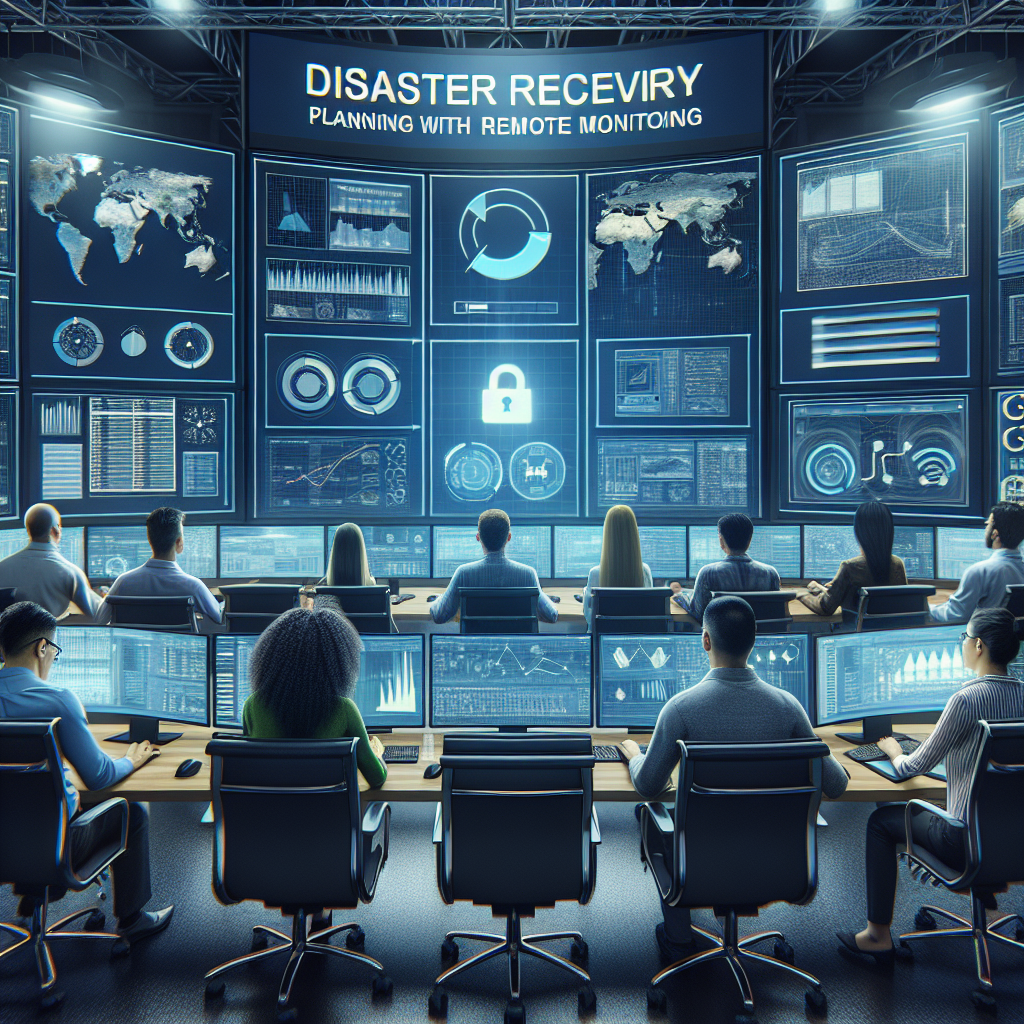
The Role of Remote Monitoring in Disaster Recovery Planning
Disasters can strike at any time, from natural disasters like hurricanes and earthquakes to man-made disasters like cyberattacks and power outages. In order to protect their businesses and ensure continuity in the face of such events, organizations must have a solid disaster recovery plan in place. And a key component of any effective disaster recovery plan is remote monitoring.Remote monitoring involves the use of technology to monitor and manage a company’s IT infrastructure from a remote location. This can include monitoring servers, networks, applications, and other critical systems in real-time, allowing IT teams to quickly identify and respond to any issues that arise.
One of the major benefits of remote monitoring in disaster recovery planning is the ability to detect problems before they escalate into full-blown disasters. By continuously monitoring systems and applications, IT teams can identify potential issues early on and take proactive measures to address them before they cause any significant downtime or data loss.
Remote monitoring also plays a crucial role in ensuring that critical systems are backed up and secure. By monitoring backup systems and data replication processes, organizations can ensure that their data is protected and accessible in the event of a disaster. This can help minimize downtime and ensure that business operations can resume as quickly as possible following a disaster.
In addition, remote monitoring can help organizations comply with regulatory requirements and industry standards related to disaster recovery and data protection. By monitoring systems and documenting processes, organizations can demonstrate that they have taken the necessary steps to protect their data and ensure business continuity in the event of a disaster.
Overall, remote monitoring is a critical component of any effective disaster recovery plan. By continuously monitoring systems, applications, and data, organizations can proactively identify and address potential issues, minimize downtime, and ensure business continuity in the face of disasters. Investing in remote monitoring technology can help organizations better protect their data, minimize the impact of disasters, and ensure that they are able to quickly recover and resume operations following a disruptive event.

5 Ways Remote Monitoring Can Improve Productivity
In today’s fast-paced business world, remote monitoring has become an essential tool for improving productivity. With employees working from various locations and devices, it’s important for businesses to have a way to keep track of their work and ensure they are staying on track. Remote monitoring allows businesses to do just that, by providing real-time insights into employee activity and performance. Here are 5 ways remote monitoring can improve productivity:1. Increased accountability: Remote monitoring allows managers to track employee activity and ensure they are staying on task. This increased level of accountability can help employees stay focused and motivated, knowing that their work is being monitored.
2. Better time management: Remote monitoring can help businesses track how employees are spending their time throughout the day. This can help identify any time-wasting activities or inefficiencies, allowing for better time management and improved productivity.
3. Improved communication: Remote monitoring tools often include features such as messaging and video conferencing, which can help improve communication among remote teams. This can help teams collaborate more effectively and stay connected, leading to improved productivity.
4. Real-time insights: Remote monitoring provides businesses with real-time insights into employee activity and performance. This can help managers quickly identify any issues or bottlenecks that may be impacting productivity, allowing for quick action to be taken to address them.
5. Enhanced security: Remote monitoring can help businesses ensure that sensitive data and information is being handled securely. By monitoring employee activity, businesses can identify any potential security risks and take steps to mitigate them, helping to protect valuable assets and maintain business continuity.
Overall, remote monitoring can be a powerful tool for improving productivity in today’s remote work environment. By providing increased accountability, better time management, improved communication, real-time insights, and enhanced security, businesses can help ensure that their remote teams are working efficiently and effectively.

Remote Monitoring for Environmental Sustainability: Monitoring and Managing Resources from Afar
Remote monitoring for environmental sustainability refers to the use of technology to monitor and manage resources from a distance. This innovative approach allows for the collection of real-time data on various environmental factors, such as air quality, water quality, and waste management, without the need for physical presence on-site.One of the key benefits of remote monitoring is its ability to provide accurate and up-to-date information on the state of the environment. By using sensors and other monitoring devices, environmental professionals can track changes in environmental conditions over time and identify potential issues before they escalate. This proactive approach to monitoring allows for timely interventions to be implemented, reducing the risk of environmental damage and ensuring the long-term sustainability of natural resources.
Remote monitoring also offers a cost-effective solution for monitoring and managing resources. By eliminating the need for constant on-site monitoring, organizations can save time and money while still maintaining a high level of environmental oversight. This can be particularly beneficial for remote or hard-to-reach locations where regular monitoring may be challenging or costly.
Furthermore, remote monitoring can help to improve the efficiency of resource management practices. By providing real-time data on resource usage and environmental impacts, organizations can make informed decisions about how to best allocate resources and reduce waste. This can lead to more sustainable practices that minimize the environmental footprint of operations and promote long-term sustainability.
In addition to its environmental benefits, remote monitoring can also have positive social and economic impacts. By ensuring the sustainable management of resources, organizations can help to protect the livelihoods of local communities and promote economic development. This can create a win-win situation where both the environment and local populations benefit from improved resource management practices.
Overall, remote monitoring for environmental sustainability is a powerful tool for monitoring and managing resources from afar. By leveraging technology to collect real-time data on environmental conditions, organizations can make informed decisions that promote sustainability and protect the environment for future generations. As we continue to face environmental challenges, remote monitoring offers a practical and effective solution for ensuring the long-term health and sustainability of our planet.
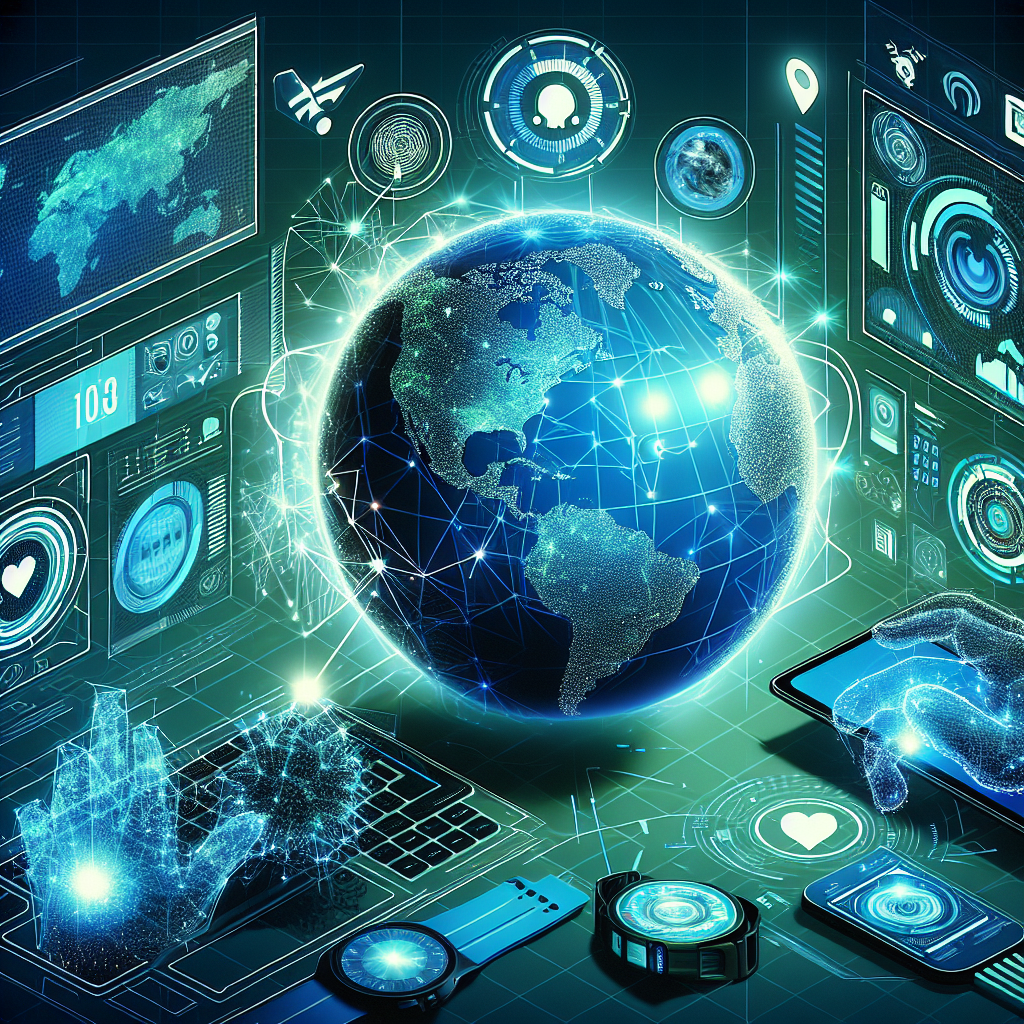
Remote Monitoring in a Post-Pandemic World: Adapting to the New Normal
The COVID-19 pandemic has forced businesses and industries around the world to adapt to a new way of working. One of the key changes that has emerged is the increased use of remote monitoring technologies. As we move into a post-pandemic world, it is clear that remote monitoring will continue to play a crucial role in ensuring the safety and efficiency of operations.Remote monitoring involves the use of technology to track and monitor various aspects of a business or operation from a distance. This can include monitoring equipment performance, tracking inventory levels, and even monitoring employee health and safety. In the context of the pandemic, remote monitoring has been particularly important in helping businesses maintain operations while minimizing the risk of exposure to the virus.
One of the key benefits of remote monitoring is that it allows businesses to continue operations even when physical presence is limited. For example, in the manufacturing industry, remote monitoring can be used to track the performance of machinery and equipment, identify potential issues before they become major problems, and even adjust settings remotely to optimize efficiency. This can help businesses minimize downtime and keep production running smoothly even with reduced on-site staff.
In the healthcare industry, remote monitoring technologies have been instrumental in enabling the monitoring of patients’ vital signs and health status without the need for in-person visits. This has been particularly important during the pandemic, when healthcare facilities have been overwhelmed and patients have been hesitant to visit hospitals and clinics for fear of exposure to the virus. Remote monitoring has allowed healthcare providers to continue monitoring and treating patients while minimizing the risk of transmission.
As we move into a post-pandemic world, it is clear that remote monitoring will continue to be a valuable tool for businesses and industries looking to adapt to the new normal. By leveraging the latest technologies and investing in remote monitoring systems, businesses can ensure the safety and efficiency of their operations, even in the face of ongoing challenges. Whether it’s tracking equipment performance, monitoring inventory levels, or ensuring the health and safety of employees, remote monitoring will play a crucial role in helping businesses navigate the uncertainties of the post-pandemic world.
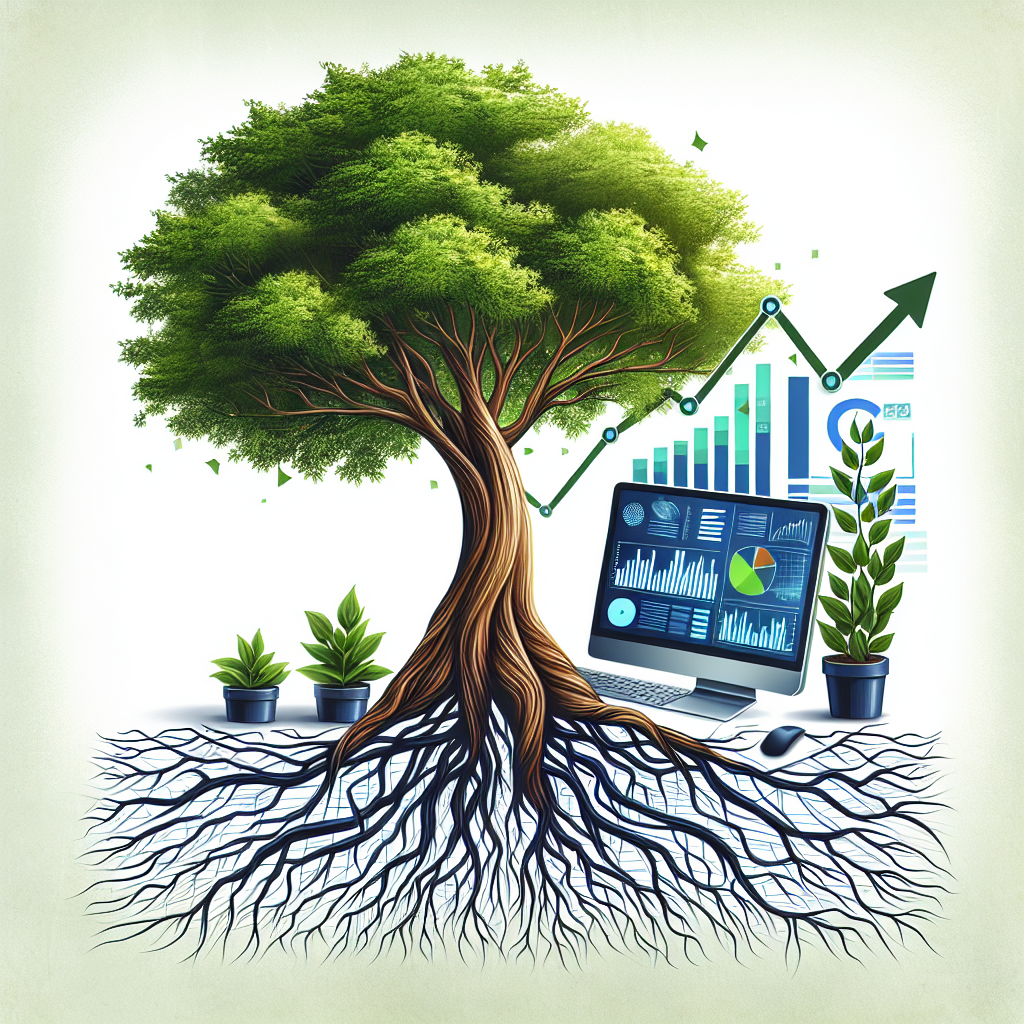
The Power of Data: How Remote Monitoring Can Drive Business Growth
In today’s fast-paced and technologically advanced world, data has become a powerful tool for businesses looking to drive growth and success. One of the key ways that businesses can harness the power of data is through remote monitoring.Remote monitoring involves the use of sensors, devices, and other technologies to collect data from remote locations and transmit it back to a central system for analysis. This allows businesses to track and monitor various aspects of their operations in real-time, providing valuable insights that can help drive business growth.
One of the key benefits of remote monitoring is its ability to provide businesses with a holistic view of their operations. By collecting data from various sources, businesses can gain a better understanding of their performance across different areas, such as production, logistics, and customer service. This allows businesses to identify areas of improvement and make informed decisions to drive growth.
Remote monitoring also enables businesses to detect and address issues in real-time, helping to prevent costly downtime and disruptions. For example, by monitoring equipment performance remotely, businesses can identify potential maintenance issues before they escalate into major problems, ensuring that operations run smoothly and efficiently.
Additionally, remote monitoring can help businesses optimize their resources and improve efficiency. By analyzing data on energy consumption, production output, and other key metrics, businesses can identify opportunities to reduce costs, increase productivity, and streamline their operations.
Furthermore, remote monitoring can provide businesses with valuable insights into customer behavior and preferences. By tracking customer interactions and feedback, businesses can tailor their products and services to better meet customer needs, driving customer satisfaction and loyalty.
Overall, the power of data through remote monitoring is undeniable when it comes to driving business growth. By leveraging real-time data and insights, businesses can make informed decisions, optimize their operations, and ultimately, achieve greater success and profitability.
